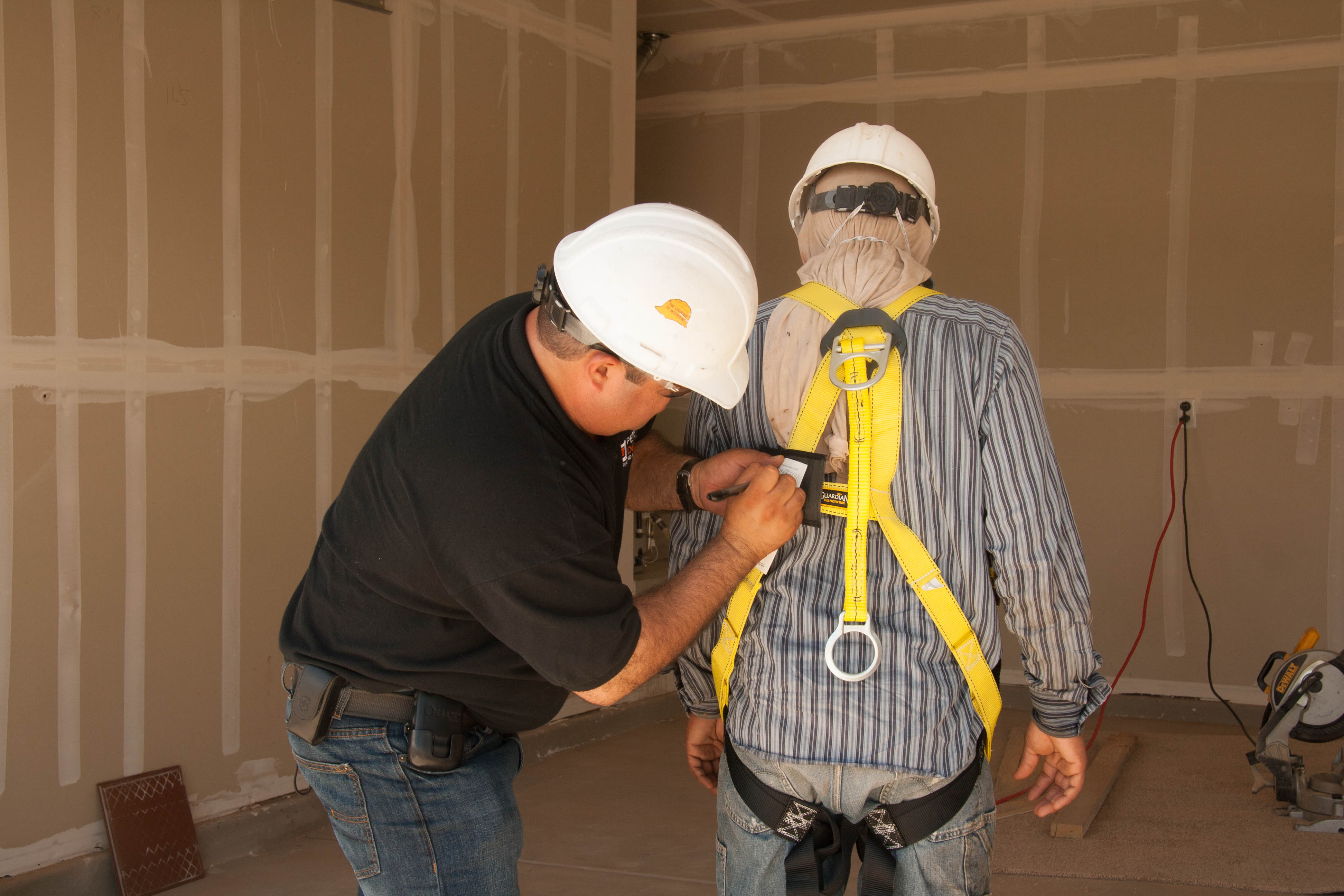How do construction workers perceive safety and health at their workplace

Picture source: Wikipedia. Photos taken on residential construction sites which use fall arrest systems
Construction workers have a higher risk of accidents than many other workers in other industries. According to the most recent census of fatal occupational injuries, 611 workers died in construction accidents in the US in 2014. It is the highest number of construction worker deaths since 2009.
Most studies about construction workers safety present the management perspective. In a recently published study, the Center for Construction Research and Training (CPWR) focuses on workers perception.
There are around 9 million construction workers in the US. They represent 6% of the working population in the US. 90% of them are male and 30% of them are Latinos. They often born in another country. Most of them work for small companies with fewer than 10 people.
When asked if their workplace was safe, 46.6% of the construction workers responded positively. Construction workers who were working for companies with less than 500 employees were the most positive about the safety of their workplace while construction workers employed by a firm with more than 500 employees felt less safe. These opinions are contradictory to a previous CPWR study that found big construction firms had a stronger safety culture than small firms. This discrepancy may be explained as follows: employees at big companies are often encouraged to point out safety hazards while employees at small companies are sometimes bullied or harassed on the job.
More than two thirds of construction workers do not have health promotion programs at work. This was especially the case for workers employed by a company that had less than 10 employees. 61,5% of construction workers said that health and safety of the workers were a priority at their workplace. Most construction workers agreed that they were getting enough time to do their job. Most of them also agreed that their supervisor was supportive and helpful when needed. Hispanic workers were more worried than their Caucasian colleagues about loosing their jobs.
 New York Personal Injury Attorneys Blog
New York Personal Injury Attorneys Blog


